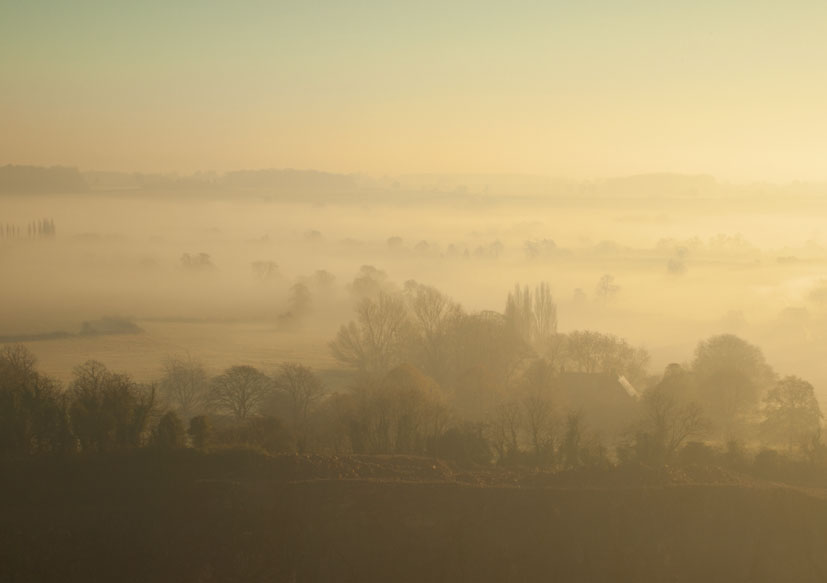I have chosen to present my final images printed on 350g coated paper, displayed in a hard backed display book. Many people have taken an interest in the work that I have undertaken during this course and this form of presentation will enable me to take the images and show individuals what has been achieved, ensuring that each will see the image as I want it to be seen. Display on this blog is cost effective and can be seen easily, however, I have no control over the final colour that will be seen. Having taken the effort to calibrate my screen; spend hours capturing images; attending college and finalising the images I want that final element of control.
The images here are saved as sRGB JPEG's, the colour gamut is that used with most photographs. The prints have been printed using a four colour CYMK process - there will be differences in the end results. I have been most pleased with the effect that it has on the black & white images.
Final Images
Theme 1 - Built environment, South Derbyshire.
Theme 2 - Nature, South Derbyshire




























































